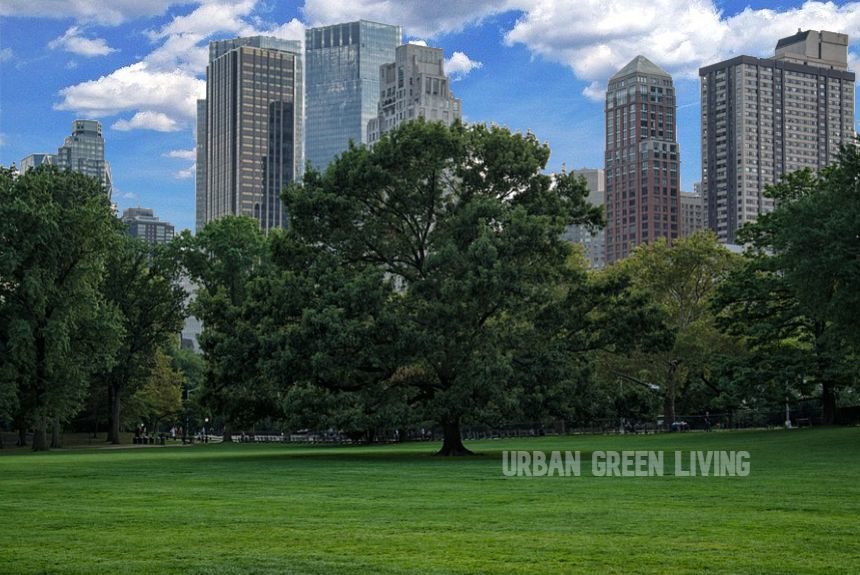The study reviewed the main climate change hazards that urban residents face and how they can amplify the impacts on cities’ social, ecological, and technical (SET) components.
Cities are more at risk from climate change because of the population concentration in the area. This can increase vulnerability to climate change hazards for people and infrastructure.
Unique features of cities, such as the imperviousness or perviousness of surfaces of infrastructure or pavements, can either adapt to or worsen the effects of climate change.
The paper examines nature-based approaches, such as parks and open space, intentional plantings, construction of structures that restore natural hydrologic function like stormwater ponds, bioswales, green roofs, riparian zones, and restoration and protection of natural protective habitats along coastlines.
These nature-based strategies (NBS) aim to reduce exposure to climate change hazards.
Climate hazards identified in the study that could be disastrous to urban areas include sea-level rise, coastal storms, extreme heat, inland storms, and pluvial floods.
Researchers would need to understand the costs, benefits, disservices, and co-benefits of NBS approaches relative to traditional grey infrastructure.
To read the entire study, CLICK on the button below:
Source:
Hobbie S.E., & Grimm, N.B. (2020, January 27) Nature-based approaches to managing climate change impacts in cities. Phil. Trans. R. Soc. B375: 20190124. http://dx.doi.org/10.1098/rstb.2019.0124



Leave a Reply